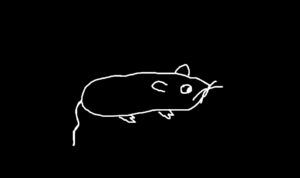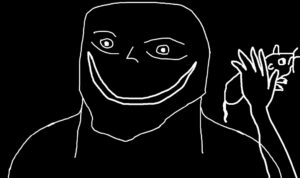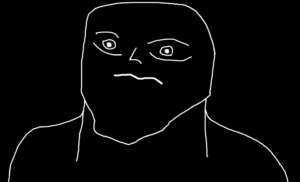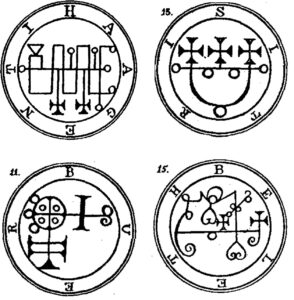Donald A. Norman’s “Emotion & Design: Attractive Things Work Better” was a pleasant read about the importance of the balance between beauty and usability. When it comes to products, especially digital ones, one of the most important characteristics to me is beauty, or, in other words, how aesthetically pleasing a design is. This necessity makes sense considering that beauty increases the satisfaction of the user when using a product, as explained by the author. Now, of course, there is a whole scientific explanation behind this idea, but honestly, I am not that interested in that, since this is such an intuitive concept to me.
For instance, the author gives the example that although colored monitors offer no advantage over black and white ones when it comes to displaying data, everyone strongly prefers them. The fact that colors offer more intrinsic pleasure to the users is incredibly obvious to me. Humans are not robots that just perform tasks over and over again thinking only about usability; we also care about aesthetics and entertainment, and that is precisely why products that look better will always be more successful, even if their performance is a bit inferior.
Moreover, attraction is so important that aesthetics are an actual driving force when it comes to your work style. Some people are essentially driven by the beauties of life, just as much as others are motivated by knowledge or power, for example. Even eating a sandwich cut in half somehow makes it taste better than just eating it plainly for me; that is how much we can be influenced by looks.
The other text, “Her Code Got Humans on the Moon—And Invented Software Itself” was also quite interesting. It is fascinating to me to see the great things that people can accomplish when they are so driven and focused on their objectives. The passage where Hamilton mentioned when she would think about the headlines was especially compelling.




